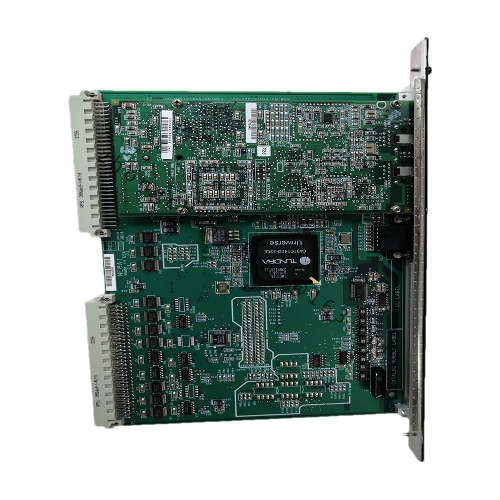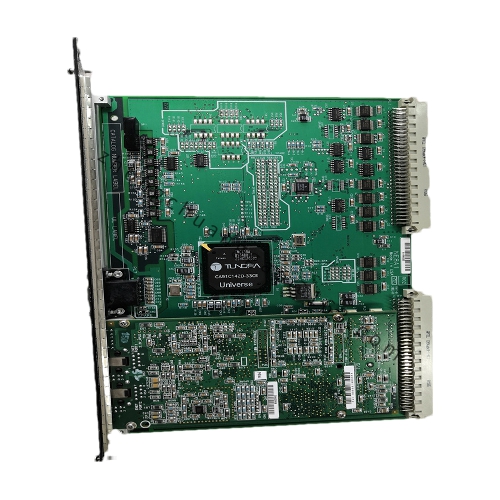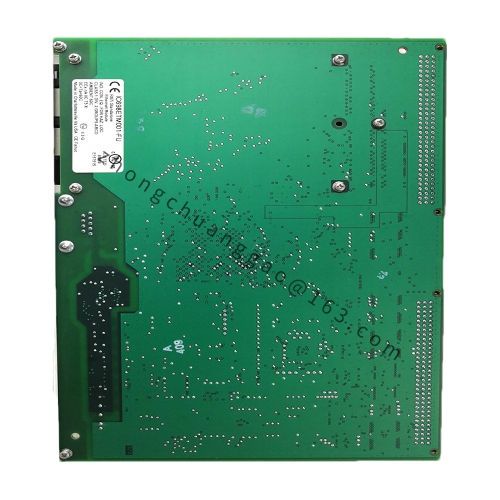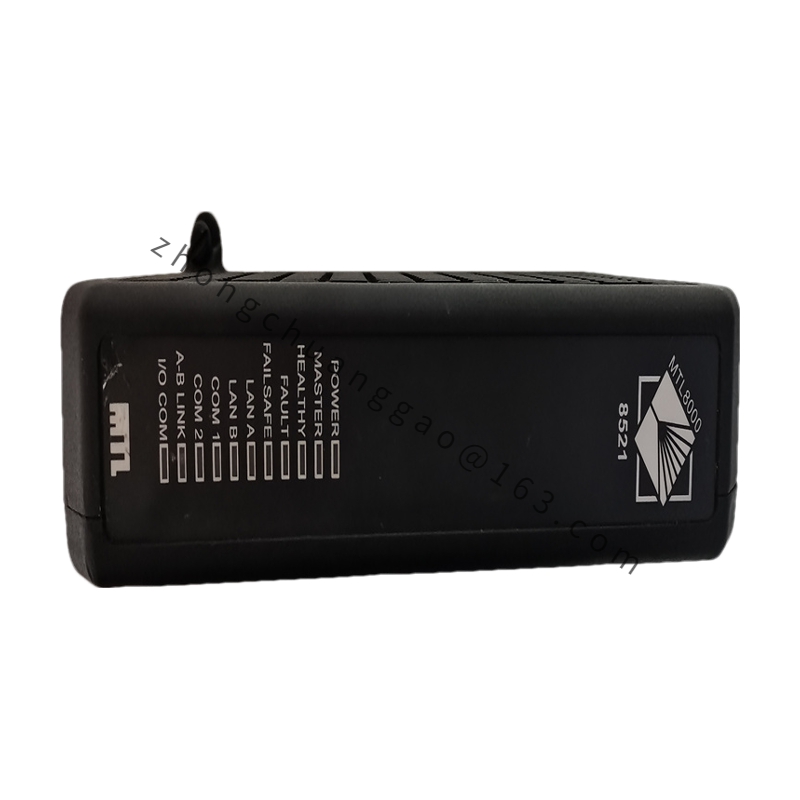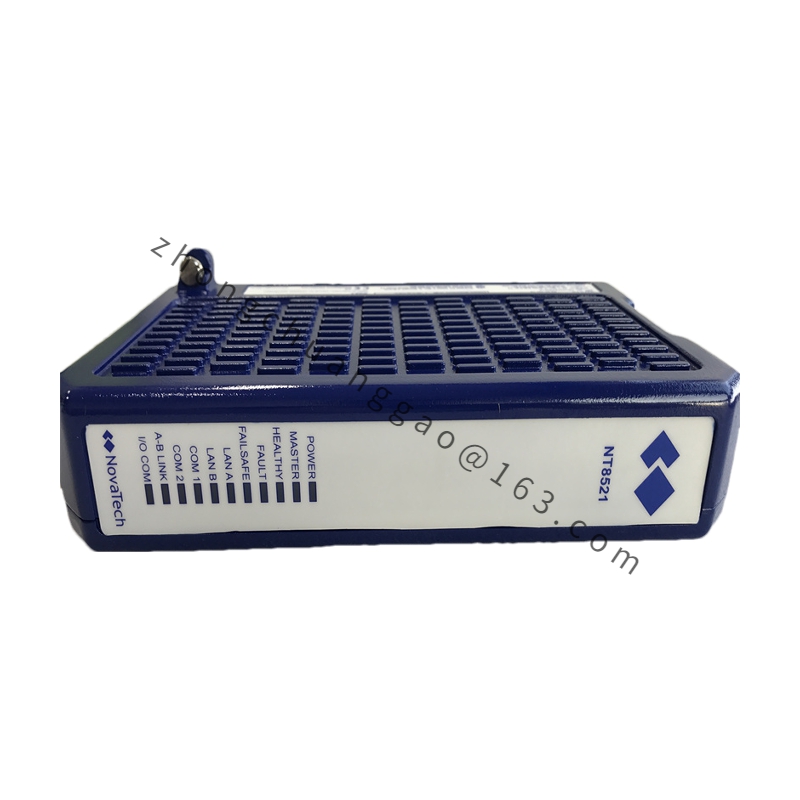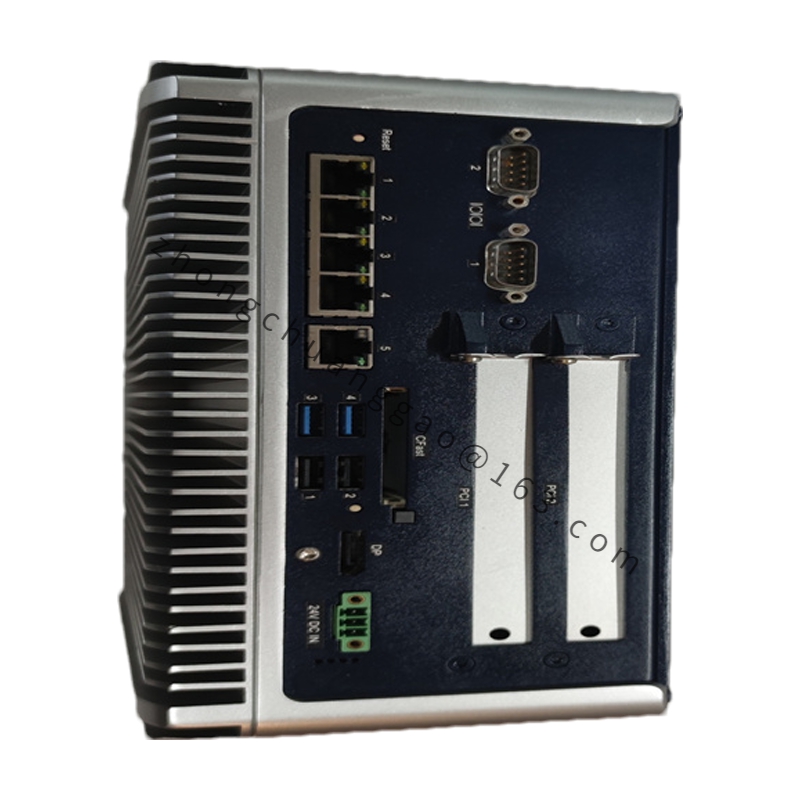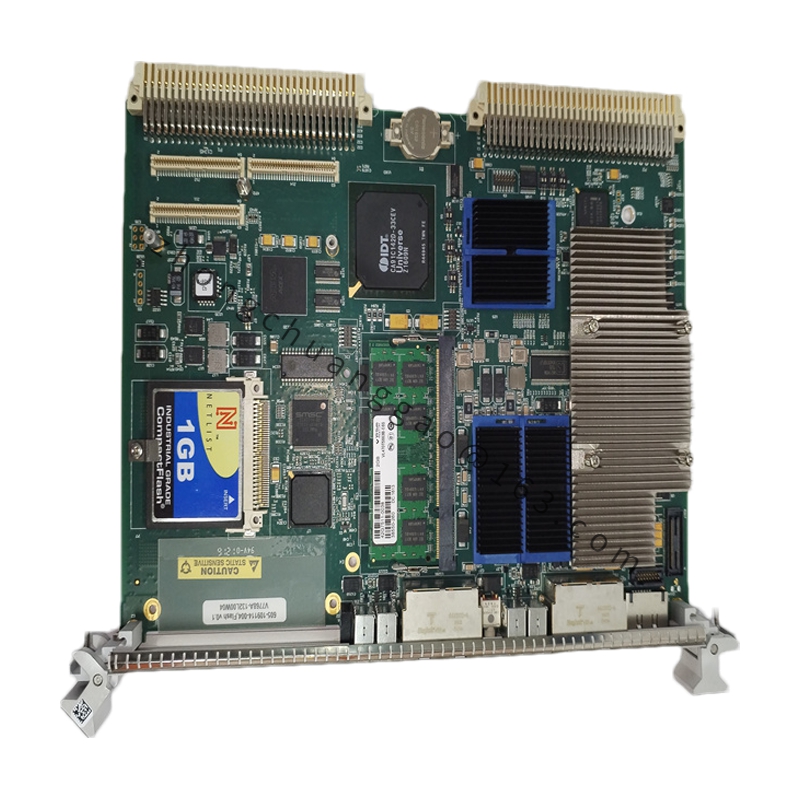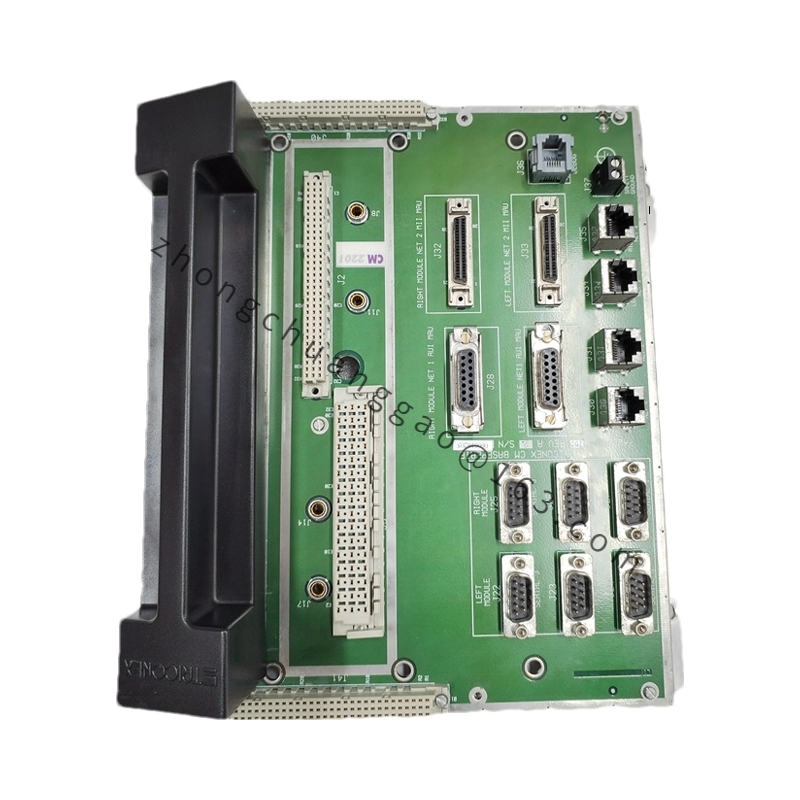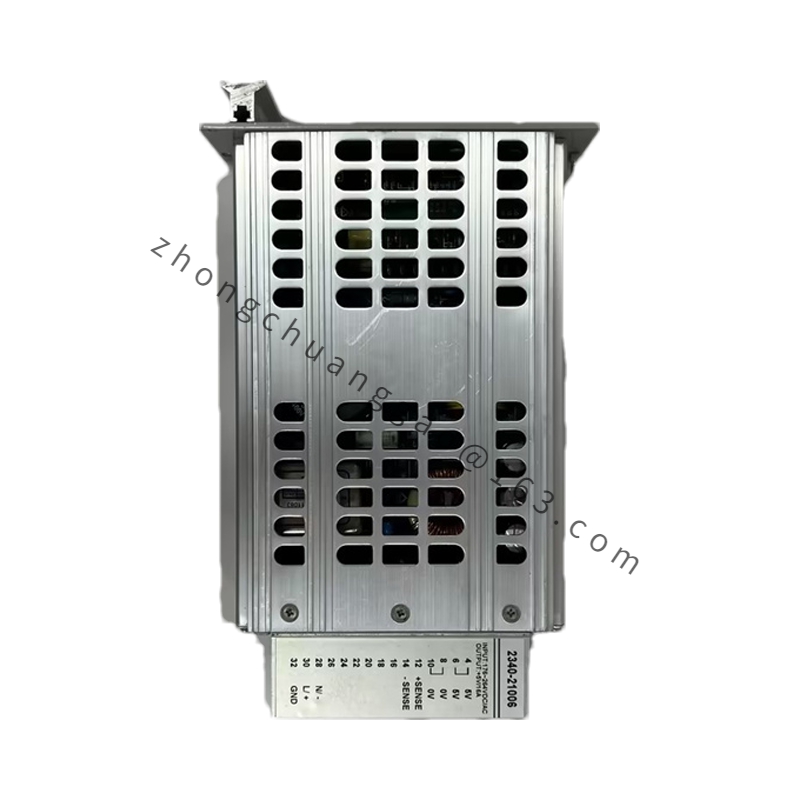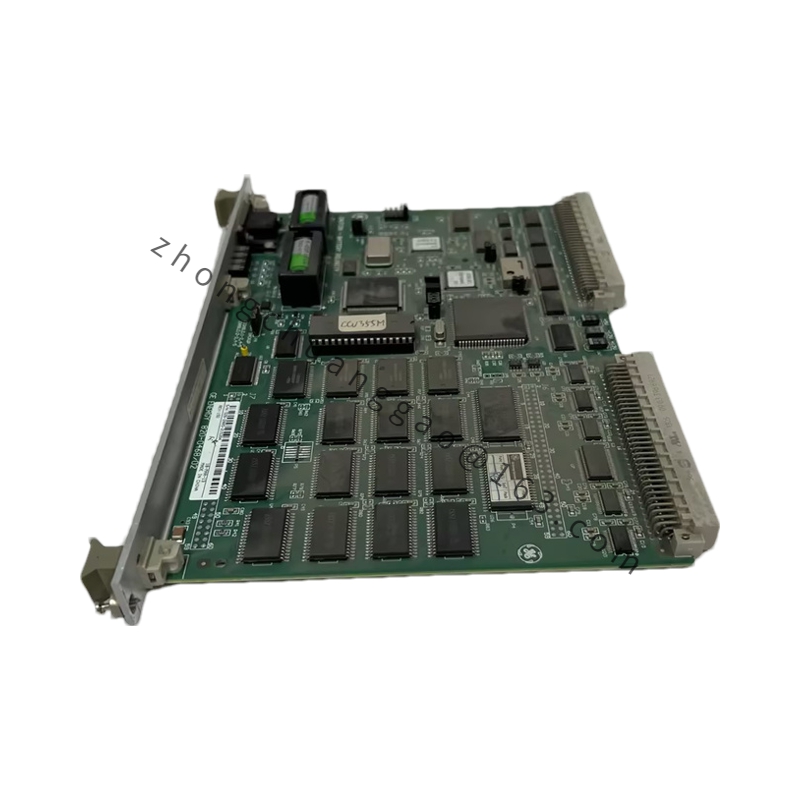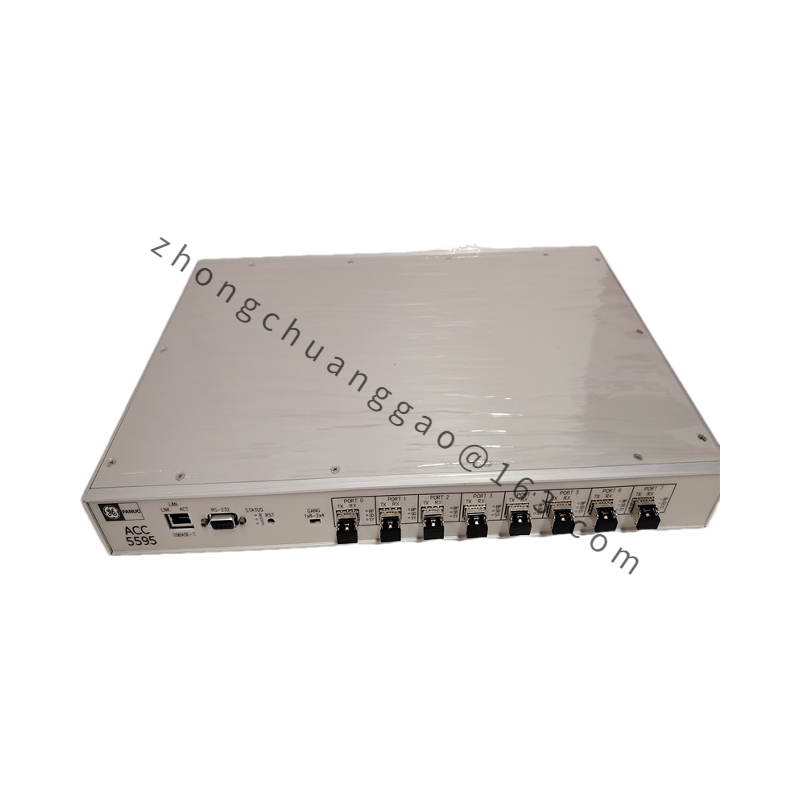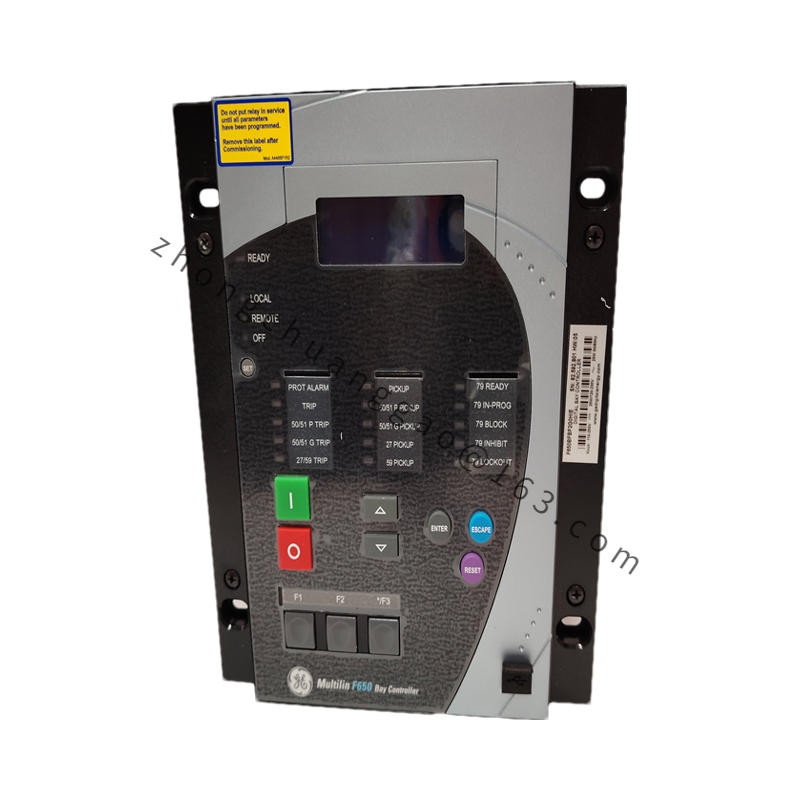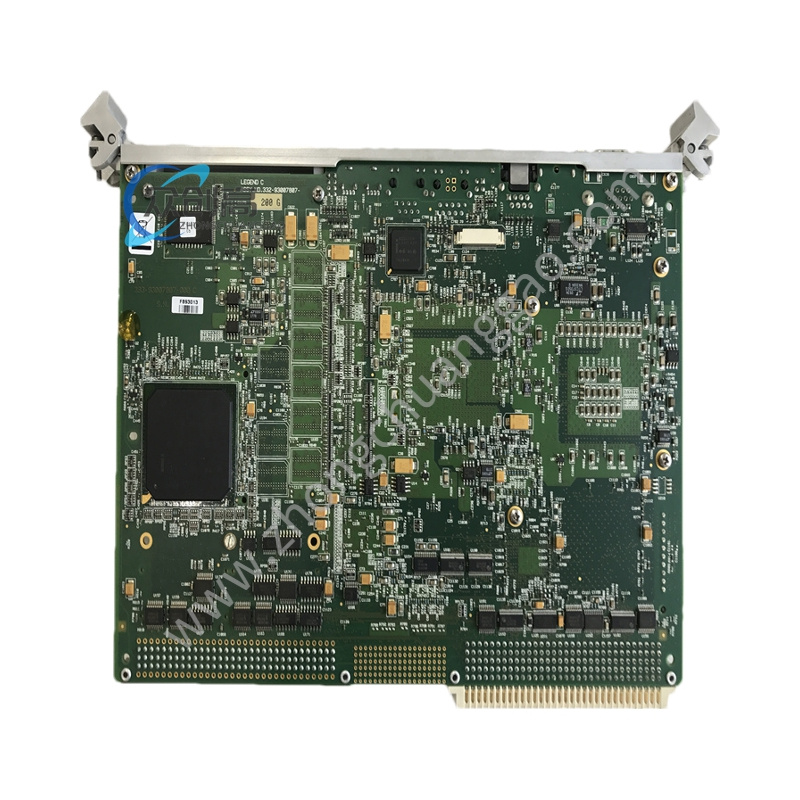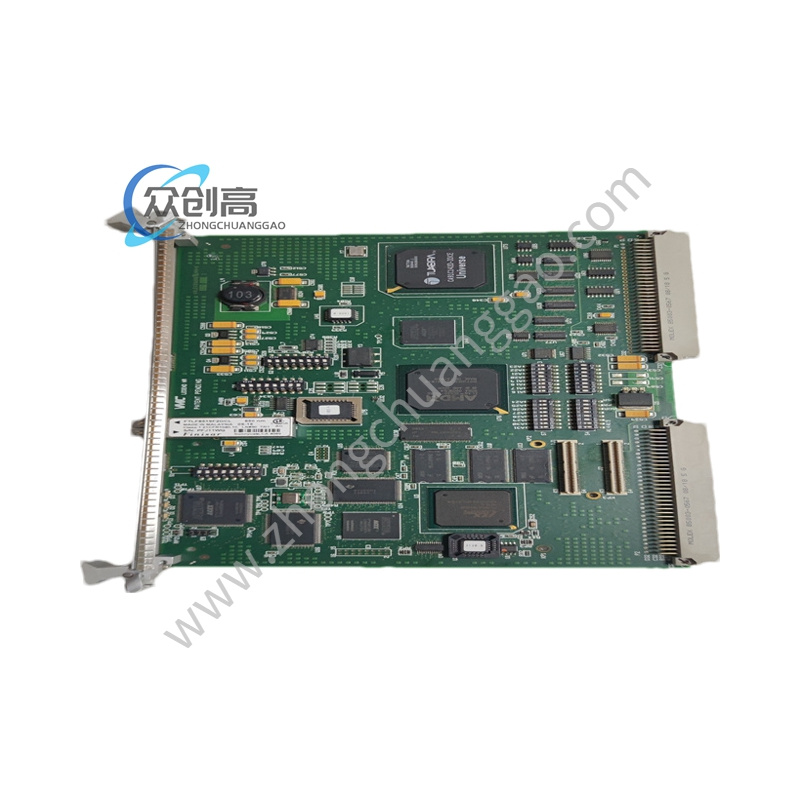GE IC698ETM001
Technical Specifications:
Model Name: IC698ETM001
Manufacturer: GE (General Electric), now part of Emerson Automation Solutions
Series: IC698 Series
Functionality:
Ethernet Interface Module (in some contexts)
Digital Input/Output (I/O) Expansion Module (in other contexts)
Detailed content
Ethernet Interface Module (as described in recent sources):
High-Performance Ethernet: Supports high-speed data transmission and real-time communication.
Ethernet Ports: Provides two (2) Ethernet communication ports.
Design: Optimized for stable operation in harsh industrial environments, reducing failure rates.
Electrical Isolation: Offers 1500 VAC isolation voltage for enhanced safety.
Compatibility: Supports multiple operating systems and development environments for easy configuration and expansion.
Development Tools: Comes with comprehensive development tools and documentation for user convenience.
Materials: Housing made of aluminum alloy for durability and protection.
Digital I/O Expansion Module (as described in earlier sources):
Digital Inputs: Typically features multiple digital input channels for connecting digital sensors and switches.
Digital Outputs: Includes digital output channels for controlling external digital devices such as relays, actuators, and indicators.
Communication Interface: Capable of communicating with control systems or other modules for data transmission and command reception.
Modular Design: Allows for easy addition or modification of modules based on application needs.
Programmability: Configurable and customizable through programming, often using GE’s PACSystems programming tools.
Real-Time Control: Enables fast response and control of industrial processes.
Functional Characteristics:
Reliability: Designed for stable and reliable operation in various industrial settings.
Flexibility: Can be configured to meet specific application requirements through programming and modular design.
Compatibility: Seamless integration with GE’s automation and control systems.
Application Scenarios:
Industrial Automation: Used in various industries for monitoring and controlling production lines, machines, and automated workstations.
Process Control: In industries such as chemicals, petrochemicals, food and beverage processing, for monitoring and controlling industrial processes.
Power Industry: For monitoring and controlling power distribution, generation, and substation equipment.
Building Automation: Integrated into building management systems for controlling lighting, HVAC, and security systems.
Water and Wastewater Treatment: Used in water treatment plants and sewage treatment facilities for process monitoring and control.
Traffic Control: Deployed in traffic control systems for managing traffic signals, railway signals, and tunnel safety equipment.

